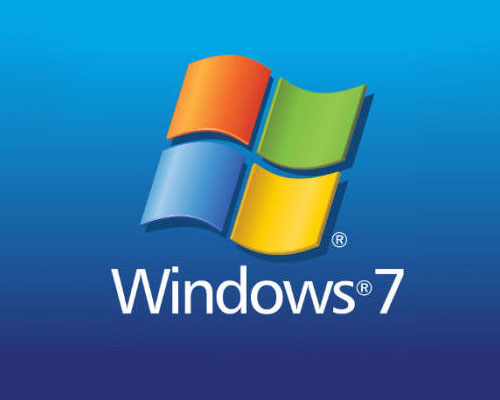What’s happening with Windows 7?
If you have a PC, or PCs, running Windows 7 you will probably be getting sick and tired of it constantly telling you that it is out of support and you need to upgrade. Even if it’s not telling you this, you’ve probably heard something to that effect. But what does it mean, and what should you do?
By being out of support it means that Windows 7 will not receive any more security updates. In Microsoft’s words “Technical assistance and software updates from Windows Update that help protect your PC are no longer available for the product”. It hasn’t been receiving any feature updates and improvements since January 13th 2015 (what Microsoft call the end of mainstream support) but since January 14th 2020 it is not receiving any support at all. So it is a security risk.
Having said that, some large companies have the resources to pay Microsoft to extend this support, a bit like the NHS has done with Windows XP. But most companies and individuals don’t have the resources to do this. It is also worth noting that although XP has been out of support since 2014, Microsoft has released patches for some more serious security vulnerabilities and these have been available for all users. This somewhat makes a mockery of the concept of end of support. Will Microsoft do the same for Windows 7? Maybe, but it’s not guaranteed even if a precedent has been set.
So what are your options for your Windows 7 computers?
Upgrade
It is still possible to do an upgrade from Windows 7 to Windows 10 without needing to purchase another licence. Microsoft doesn’t publicise this widely but search for “media creation tool” on Google and the first entry will be a link to download Windows 10. Alternatively you can try https://www.microsoft.com/en-gb/software-download/windows10. Just follow the instructions. Make sure you have a couple of hours. The exact time the process will take will depend upon your PC.
If you’re not comfortable with this, or you have a number of computers in your office that need upgrading then you can call in a professional to do it. We’ve done countless upgrades of late and whilst the process is normally painless, we are aware of the pitfalls and potential problems.
Of course, whilst an upgrade is good, it is important to make sure the specifications of the computers to be upgraded are suitable for Windows 10. Don’t try using Windows 10 on any computer that doesn’t have an SSD for instance. It will slow down quite dramatically within 6 months. RAM should be at least 4GB but ideally 8GB. So you might need an SSD and RAM upgrade which comes at a cost in the region of £100 – £200 per computer.
You may not wish to spend money on old computers that may well need upgrading or replacing in a few years anyway. Or you might not be able to upgrade them owing to physical limitations imposed by the hardware, in which case you will need to replace (see below). Nonetheless, the upgrade option may be one open to you and might be the right decision if you want a relatively inexpensive solution for the time being.
Replace
Quite simply this means buying a new computer. If you’re buying off the shelf you won’t get a computer with anything other than Windows 10 installed. There are some things to be aware of:
• Some cheap computers will come with an old fashioned mechanical hard drive (HDD) rather than an SSD. Avoid these, unless you are prepared to pay for an upgrade in short order. That £300 laptop with 1TB storage will NOT have a 1TB SSD. Aim to spend at least £500 and look for a 256GB SDD, or 512GB if you can. At least 8GB RAM is a must if you are buying new.
• If you’re buying for business you need Windows 10 Pro not home. This is mainly because Pro comes with the ability to encrypt the computer – a must if you want to be GDPR compliant. It also allows connection to a domain based network.
• Avoid machines with eMMC storage. This is slow, small capacity, soldered on storage which is awful. Avoid
We would recommend not buying off the shelf and instead seek the advice of your IT partner who will be able to build or supply PCs that meet your requirements and needs. This saves you money in the long term as you won’t have to replace or upgrade as often.
Do Nothing
This might seem strange given that we’ve identified a Windows 7 machine as a security risk. But it might be a valid option with the following considerations.
Some software vital to your business might not run under Windows 10, so you might not have an option. In that case, you might be able to run the computer without an internet connection. If you can, great – if you don’t need to expose the computer to danger then don’t expose it and the security aspect is effectively resolved.
If it does have to have an internet or network connection, make sure it is locked down to have access to only that which it needs, that it is used only by those that need to and that those users are well trained in matters relating to cybersecurity. Ensure it has good endpoint protection which means running something more than a free anti-virus on the machine. This is where the advice of an IT expert is invaluable and we are more than happy to speak to you if you still have a need for a Windows 7 computer (or two!)
So I hope that help to provide a bit of clarity to the Windows 7 situation. As always, at RedFez we are here to help so drop us a line if you want to know more about Windows 7 or any other aspects relating to your IT.

